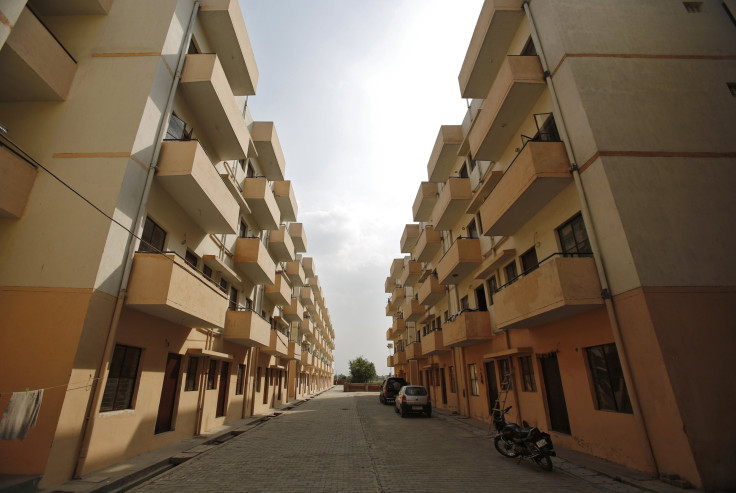Why 25,000 More Houses in New Delhi Will Only Add To India's Urban Housing Woes

NEW DELHI -- Even as the Delhi Development Authority (DDA), the Indian capital’s state-owned urban development agency, gets ready to allot more than 25,000 apartments, a brief analysis of data indicates that such mega allotments are unlikely to make much of a difference to India’s urban housing problem.
At least a million people reportedly applied for the DDA’s latest housing plan, for houses priced in a wide range of 700,000 rupees to 12 million rupees ($11,300 to $194,000). The latest plan, however, is unlikely to help urban India’s housing problem, as the country’s per-capita income levels are only in the range of 75,000 rupees, putting such housing beyond the reach of most Indians.
The country's cities face a grave supply-demand mismatch and the government’s own data and analysis point to the fact that while on the one hand urban India “has high housing shortage, on the other hand there is a massive and rapidly growing stock of vacant houses.” One major problem that urban India faces is that owning a home has become unaffordable for a vast majority of Indians.
“Housing shortage would not be a major problem if there is no mismatch between the people for whom the houses are being built and those who need them. It would, however, be unrealistic to assume that those living in ‘housing poverty’ would have affordability and access to the burgeoning supply in the market,” the government report points out.
In fact, far from solving this problem, the new apartments will add to the housing glut in urban India and potentially further bring down prices.
A house price index released by India’s National Housing Bank (NHB), a government-backed lending agency points out that cities like New Delhi saw a fall in house prices during the April-June quarter, as compared to the same period a year ago. The NHB data also startlingly shows that, in some commercially important cities like Hyderabad and Kochi in southern India, prices are actually below 2007 levels.
A report in The Financial Express said that demand for houses in the country’s major cities is at a historic low, registering an annual drop of 21 percent leading up to September. However, the report said that the pace of the drop in demand for housing is moderating.
“Rising financing costs are all the more painful because India’s real estate developments take a long time to build because of a vast and often corrupt regulatory apparatus. Publicly traded real estate investment groups in India are heavily in debt, so they struggle to make interest payments and are not in a position to bankroll further projects. That combination has produced almost unanimous bearishness about the short-term prospects for residential, commercial and industrial real estate prices in India,” according to the report.
The Indian government has ambitious plans to provide housing for all by 2022, and a KPMG report indicates that this would mean the development of 110 million houses, requiring up to $2 trillion in investment. The report also estimates that India currently faces a shortage of 50 million to 60 million homes each in urban and rural areas.
Another KPMG report points to the fact that the poor in India have largely been on the margins when it comes to owning a home, especially in urban India.
“Growing concentration of people in urban areas has resulted in an increase in the number of people living in slums and squatter settlements. Skyrocketing prices of land and real estate in urban areas have induced the poor and the economically weaker sections of the society to occupy the marginal lands typified by poor housing stock, congestion and obsolescence. It is apparent that substantial housing shortage looms in Urban India and a wide gap exists between the demand and supply of housing, both in terms of quantity and quality,” according to the report.
The last time the DDA allotted apartments, in December 2008, the agency faced widespread allegations of a scam and a police probe. To stave off any allegations of corruption this time, the DDA is holding a draw, reportedly in two stages. First, the agency would randomize data -- in other words, applicants’ form numbers and apartment numbers would be assigned random numbers, and the drawing of the lots would be shown on a webcast.
© Copyright IBTimes 2024. All rights reserved.





















